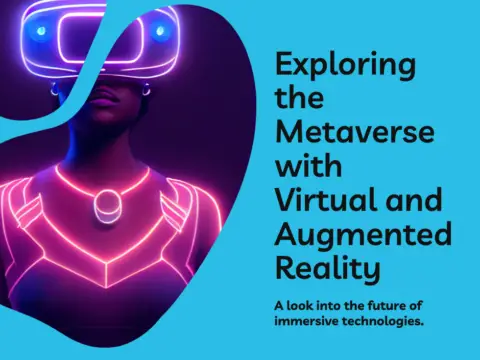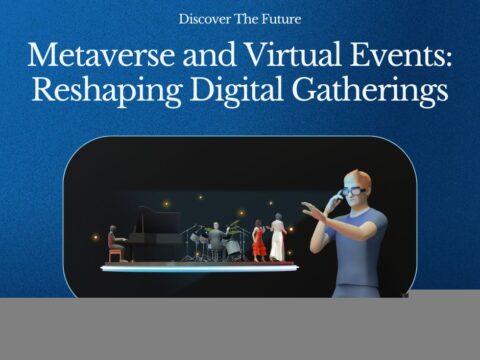The Metaverse, a virtual collective space, is increasingly playing a pivotal role in the digital preservation of cultural heritage. This exploration aims to elucidate how the Metaverse serves as a transformative force in safeguarding and showcasing the world’s cultural treasures.
1. Virtual Replication of Historical Sites:
- Preserving Architectural Wonders: The Metaverse allows for the creation of immersive, virtual replicas of historical sites, enabling users to explore and experience these treasures in a digital environment.
2. Digitizing Artifacts and Exhibits:
- Digital Archiving of Art and Artifacts: Museums and cultural institutions leverage the Metaverse to digitize artifacts, artworks, and exhibits. This digital archiving ensures the preservation of cultural objects for future generations.
3. Interactive Learning Experiences:
- Educational Immersion: The Metaverse facilitates interactive learning experiences, offering virtual field trips and educational programs that provide a deeper understanding of cultural heritage to a global audience.
4. Cultural Heritage Documentation:
- Creating Digital Archives: Through 3D scanning and immersive technologies, the Metaverse enables the creation of comprehensive digital archives, preserving intricate details of cultural heritage for research and documentation.
5. Accessible Cultural Exhibitions:
- Inclusive Exhibition Spaces: The Metaverse breaks down geographical barriers, making cultural exhibitions and artifacts accessible to individuals worldwide, fostering inclusivity and democratizing access to cultural knowledge.
6. Virtual Museums and Galleries:
- Creating Virtual Cultural Spaces: Metaverse platforms host virtual museums and galleries, allowing users to navigate curated exhibitions, view artworks, and engage with cultural content in a dynamic and virtual environment.
7. Restoration and Reconstruction Projects:
- Visualizing Restoration Efforts: The Metaverse aids in visualizing restoration projects by showcasing the historical evolution of sites or artifacts. This visualization enhances public awareness and support for preservation initiatives.
8. Preserving Endangered Languages:
- Digital Documentation of Languages: Metaverse initiatives contribute to the preservation of endangered languages by digitally documenting linguistic elements, oral histories, and cultural narratives.
9. Cultural Heritage Gaming:
- Interactive Gaming Experiences: Cultural heritage-themed games within the Metaverse engage users in interactive experiences, blending entertainment with education to convey historical narratives.
10. Community Participation in Preservation:
- Crowdsourced Preservation Efforts: The Metaverse fosters community engagement in cultural heritage preservation, allowing users to contribute to digital projects, share insights, and collectively safeguard their cultural legacy.
11. Augmented Reality (AR) Enhancements:
- AR Applications for Cultural Exploration: Metaverse platforms integrate AR to enhance cultural exploration, enabling users to overlay historical information onto physical environments and artifacts.
12. Preserving Intangible Cultural Heritage:
- Digitizing Traditions and Practices: Beyond physical artifacts, the Metaverse contributes to the preservation of intangible cultural heritage, including rituals, music, and traditional practices, ensuring their continuity.
Conclusion: Metaverse as a Guardian of Culture
The Metaverse emerges as a dynamic guardian of cultural heritage, offering innovative tools for preservation, education, and engagement. By transcending physical limitations, the Metaverse transforms the way we perceive, interact with, and safeguard our diverse cultural legacies. As technology continues to evolve, the Metaverse stands at the forefront, shaping a future where the digital preservation of cultural heritage becomes an immersive and inclusive journey for all.




